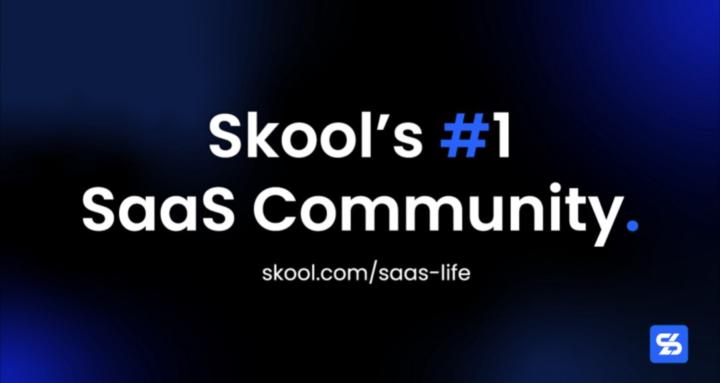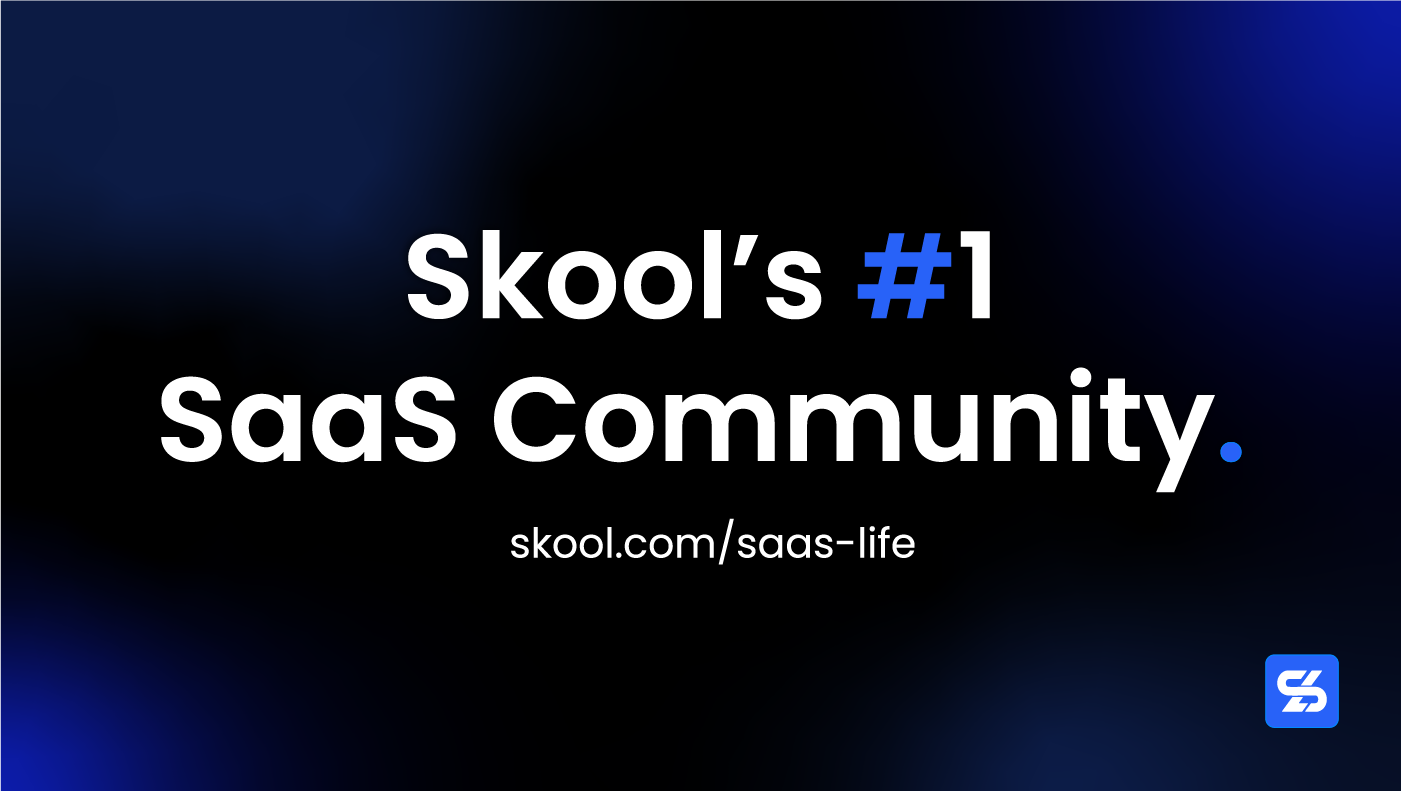What r/SaaS should be.
This community is where founders, builders, and operators come together to talk about the real journey of building and scaling a SaaS.
Here we discuss subjects like:
- 🚀 MVPs & Product-Market Fit - how to go from idea to traction.
- 💸 Pricing & Revenue - freemium, usage-based, churn reduction, CAC, LTV.
- 📈 Growth & Retention - acquisition channels, onboarding, customer success.
- ⚙️ Operations & Scaling - teams, systems, analytics, compliance.
- 🤝 Community & Feedback - sharing wins, struggles, and lessons learned.
SaaS is hard.
But here, we can make it a little easier and a lot more exciting!
powered by

skool.com/saas-life-5260
🚀 SaaS Founders Community: Connect & grow with builders at all levels!

